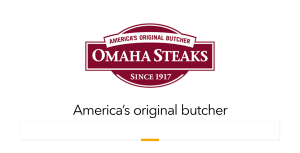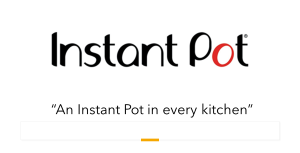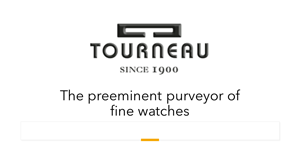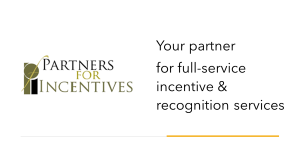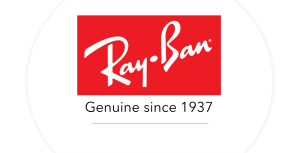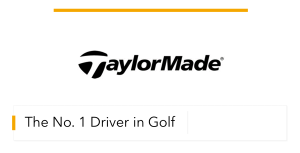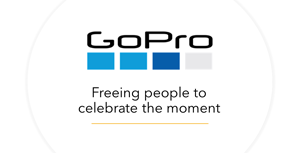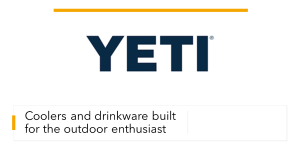Achievers CEOŚWithout Program Design, Technology Has Little Value
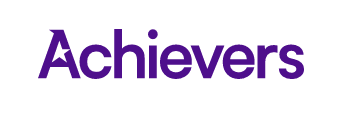 Founded in 2002, Achievers arguably is the first major company to disrupt the recognition business with a focus on technology and the frequency of recognition over an emphasis on rewards. Even so, says Jeff Cates, CEO, the best technology has little value unless it supports a clear strategy and goals.
Founded in 2002, Achievers arguably is the first major company to disrupt the recognition business with a focus on technology and the frequency of recognition over an emphasis on rewards. Even so, says Jeff Cates, CEO, the best technology has little value unless it supports a clear strategy and goals.
Creating a Sense of Belonging Linked to Results
Using Recognition to Help Solve Problems
The Focus on Program Design
Jeff Cates, CEO, describes Achievers as a global employee experience software company that “strives to be best in class in recognition software and brings positive reinforcement and light monetary rewards to activate their VOE (Voice of the Employee), wellness, communications, and employee connection offers. Although a lot of people have tried to copy our UX (user experience), what really matters is the service team, program design, and implementation.”
Achievers, Cates says, is widely credited not only with bringing technology to the recognition space but switching the emphasis from rewards to non-monetary recognition. “Our rapid growth has stemmed from the escalating interest in employee engagement among large enterprises and from growth in the mid-size market. The true value add is in the program design and support we provide.” The goal, he says, is to use recognition to encourage behaviors to solve a wide variety of organizational challenges, rather than silo it as a standalone tactic.
To someone who asks him to describe the Achievers value proposition, he says, “We’re in the employee engagement tech space with a focus on creating a sense of belonging in a way that has a business impact on employee attrition, productivity, engagement, while being best in class in recognition and rewards. We use our belonging framework to both coach clients on how they can have an impact and serves as a guide to our technology teams that are seeking to solve other problems that matter to our customers.”
Creating a Sense of Belonging Linked to Results
The Achievers approach, he explains, is based on a comprehensive employee technology suite and effective program design aimed at solving business problems by embedding frequent recognition into all levels of the organization. Rather than setting recognition apart as a standalone process, he believes it can help promote other key employee initiatives.
High turnover, he argues, is occurring because people are joining companies without finding a sense of connection. “If it’s just a job, a manager, and a paycheck, and they’re not finding a community and creating interests, there’s nothing to tether them to an organization.”
Cates says he came to the recognition field from the perspective of the company’s clients, as he had long management careers with Hewlett-Packard, Apple, and Intuit, all of whom are known for their focus on engaging stakeholders. “The problem with many programs I have seen is that the focus is on the reward. So, I’m having to worry that someone is thinking, ‘Oh, well, last year you gave me $300, this year you only gave me $250. Or like, I see that you gave someone $400. It got to the point that I didn’t want to give a reward because I was afraid of the political repercussions. What struck me about Achievers was that it is more of a recognition platform that happens to have rewards as well.”
To Cates, “Best-in-class recognition means a focus on recognition that shows up in high activation rates and high active usage. If people aren't using the platform, then you don't get the impact. The organizations that we serve that focus on high frequency recognition see a variety of business outcomes, such as higher store sales, safety ratings, productivity, and higher levels of customer satisfaction. The point is, there are lots of things that impact engagement and there are several things that affect a sense of belonging. Recognition is the one secret sauce that literally impacts every single area of the belonging framework and drives all these different desired business outcomes--less attrition, higher engagement, and productivity, wellness, etc.”
Using Recognition to Help Solve Problems
The opportunity, he says, is to “ask what other problems we can help solve or connections we can make in the community, and what other applications can we plug in to promote other behaviors, such as wellness.” The idea, he says, is to have one place for employees to find everything they need. “They might never read the company’s e-newsletter, but they’ll check their recognition app. A company can load its communications plan right into the social feed.”
CEO and C-suite leadership, he says, make the difference when it comes to driving business results. “If leaders are engaged and active in driving frequent positive reinforcement that the front-line employees can see, that's what causes transformation in a company. The technology is of course important, but you’re going to increase your odds of success if you have both a sticky user experience and top management support.”
Cates notes that while the human resources management at many large enterprise companies seeking recognition platforms focus mostly on the technology, user and administrative experience, higher level management and middle-market customers are much more focused on learning what problems can be solved. “This is why it’s important for us to remain best-in-class in recognition technology and solve other problems too. For example, voice of employee we know is very important. We purchased TemboSocial to integrate their quizzes, polls, and survey engine. We also build out Employee Connections, an algorithmic match making application that helps create personal connections across the organization. This can be used to solve several problems, such as mentorship, inclusion campaigns, and creating warm welcomes.”
He says that the company has learned from Amazon’s architectural models, and overhauled its technology into distinct microservices, which allows for faster innovation, category expansion, and integration into other applications, such as Workday and Microsoft Teams.
The Focus on Program Design
To support the importance of program design, Achievers “brings clients playbooks they can use and edit to address specific business issues. This gives their teams a head start with something to run with. The goal is to provide programs that create a sense of community in which people can share in the task together. That’s the secret sauce. If you don't stimulate people, you won’t change behavior. We need to create change in that leadership mindset that employee engagement is about much more than just technology.”
Cates says the Achievers model is based on the premise that a lot of recognition for the right things is more valuable to employees than waiting long periods to accumulate larger rewards. “More importantly, it's how you're using the technology to drive impact that really makes the difference between our competitors that will have more like 30% usage versus a company like ours with regular engagement closer to 60% usage. The key is to help clients correlate this engagement with turnover, retention, productivity, quality, or other goals.” He continues. “Our activation rates when we launch with a customer will be greater than 80% within 90 days, which means most of your population will sign-up to the program. Although that’s best in class, the harder part is getting them to form habits, and we see active usage rates that are north of 75% for white collar workers and overall close to 60% across the broader 3.5 million members on our platform. So, my focus has really been on how we help continue to drive that usage up because that’s how we’ll have the most impact.” One trend he notes that has high usage, is customers using the communications module to engage employees that do not have corporate emails or devices.
To Cates, its about “how to help and promote activities, to be able to plug in the behaviors to promote and change elements of the recognition and rewards program, your nudges, communications, badging, posts, light rewards, which together drive the needed behaviors.” Achievers, he says, is now focused on “running real-world experiments with clients to see how these programs affect business goals, such as employee attrition, sales performance, and perceptions of inclusiveness. Often the best way to convince managers that they should apply time to recognition, is by showing them the data on the significant impact they can have to KPI’s (key performance measures) that matter to them.”
Too much attention is being paid to rewards in the marketing Cates sees from his competitors. “Rewards are important and have their place, but what’s most important is having frequency of positive reinforcement. Companies that are touting once-in-a-lifetime travel experiences are speaking to a small percentage of the population. The average person right now is trying to find ways to make ends meet. Good recognition and reward programs should recognize that, and offer options for small redemption items, like a gift card for a coffee, meal, or gasoline.”
For More Information
Jeff Cates, CEO
Achievers.com
Jcates@Acheivers.com
For the latest news delivered by via email, subscribe here.
Education, Certifications, and Information to Activate
Brand Media and Enterprise Engagement
A complete learning, certification, and information program and a course syllabus for educators.
Resources: The Brand Media Coalition, the only guide to the story-telling power of brands and where to source them for business, event, promotional gifting, and rewards and recognition. Enterprise Engagement Solution Provider Directory. The only directory of engagement solution providers covering all types of agencies and tactics as well as insights on how to select them.
Communities: The Enterprise Engagement Alliance and Advocate and the Brand Media Coalition free resource centers offering access to the latest research, news, and case studies; discounts, promotions, referrals, and commissions, when appropriate to third-party solution providers from participating coalition solution provider members.
Training and Certification
Enterprise Engagement Alliance Education: Certified Engagement Practitioner; Advanced Engaged Practitioner, and Certified Engagement Solution Provider learning and certification programs on how to implement Stakeholder Capitalism principles at the tactical level.
International Center for Enterprise Engagement: The only training and certification program for ISO 30414 human capital reporting and ISO 10018 quality people management certification.
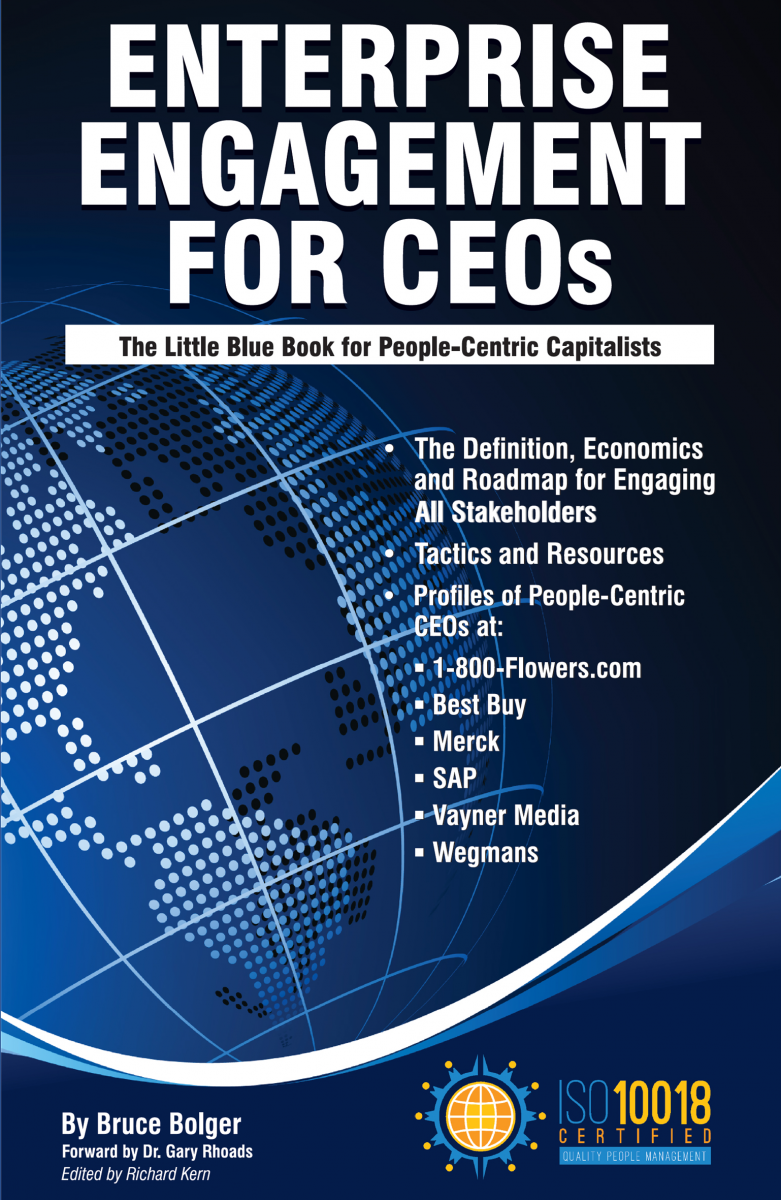
The EEA offers a complimentary course syllabus for educators.
In Print:
This is the definitive implementation guide to Stakeholder Capitalism, written specifically to provide CEOs and their leadership teams a concise overview of the framework, economics, and implementation process of a CEO-led strategic and systematic approach to achieving success through people. (123 pages, $15.99)
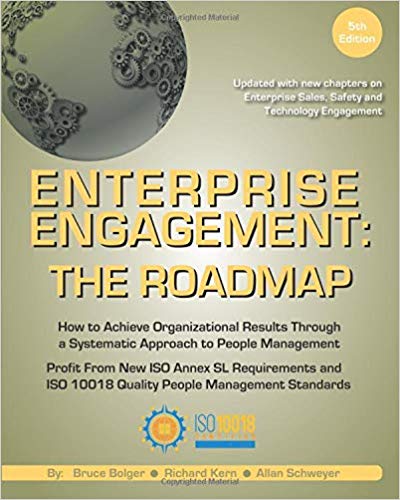
The first and most comprehensive book on Enterprise Engagement and the new ISO 9001 and ISO 10018 quality people management standards. Includes 36 chapters detailing how to better integrate and align engagement efforts across the enterprise. (312 pages, $36.)
Online:
10-minute short course: click here for a 10-minute introduction to Enterprise Engagement and ISO standards from the Coggno.com learning platform.
Services:
• The Engagement Agency at EngagementAgency.net, offering: complete support services for employers, solution providers, and technology firms seeking to profit from formal engagement practices for themselves or their clients, including Brand and Capability audits for solution providers to make sure their products and services are up to date.
• C-Suite Advisory Service—Education of boards, investors, and C-suite executives on the economics, framework, and implementation processes of Enterprise Engagement.
• Speakers Bureau—Select the right speaker on any aspect of engagement for your next event.
• Mergers and Acquisitions. The Engagement Agency’s Mergers and Acquisition group is aware of multiple companies seeking to purchase firms in the engagement field. Contact Michael Mazer in confidence if your company is potentially for sale at 303-320-3777.
Enterprise Engagement Benchmark Tools: The Enterprise Engagement Alliance offers three tools to help organizations profit from Engagement. Click here to access the tools.
• ROI of Engagement Calculator. Use this tool to determine the potential return-on-investment of an engagement strategy.
• EE Benchmark Indicator. Confidentially benchmark your organization’s Enterprise Engagement practices against organizations and best practices.
• Compare Your Company’s Level of Engagement. Quickly compare your organization’s level of engagement to those of others based on the same criteria as the EEA’s Engaged Company Stock Index.
• Gauge Your Personal Level of Engagement. This survey, donated by Horsepower, enables individuals to gauge their own personal levels of engagement.
For more information, contact Bruce Bolger at Bolger@TheEEA.org, 914-591-7600, ext. 230.






